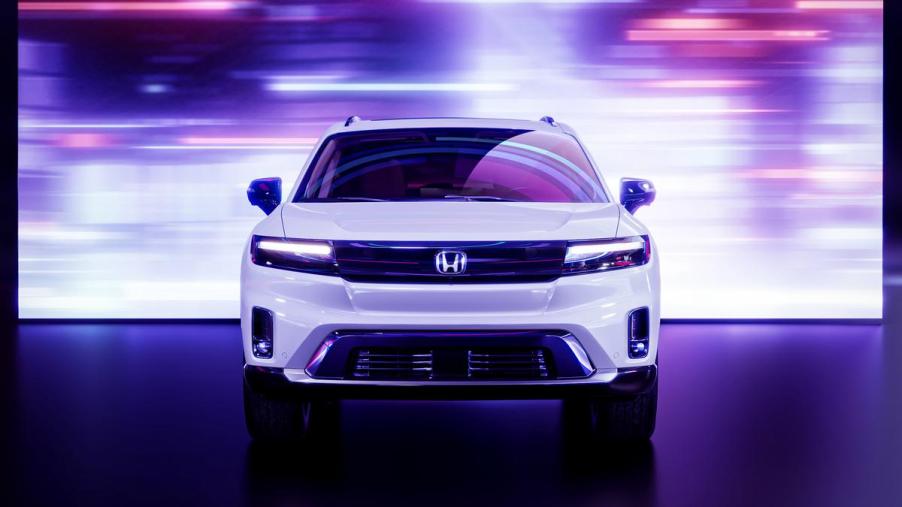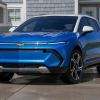
Why Honda’s New Battery Pack Could Be a Huge Deal for EVs
Honda has several hybrids in its lineup, plus it’s one of the few automakers to dabble in hydrogen fuel-cell vehicle production. The brand’s upcoming EVs are planned to be powered by an all-new battery the likes of which we’ve never seen before. Here’s why it’s so special and how it could change the landscape of EV manufacturing.
All about Honda’s solid-state battery
The Drive reports that Honda’s solid-state battery will be 50% lighter than a lithium-ion battery. Solid-state batteries are built with a solid electrolyte and solid electrodes, but lithium-ion batteries have a liquid center.
The solid structure allows for higher energy outputs, plus improves the cycling performance of the batteries. They can also be produced at a faster pace because the solid components need no extra preparation, unlike the liquid ones.
Honda’s executive vice president confirmed that these batteries would have double the amount of energy density compared to lithium-ion batteries. When implemented inside EVs, these batteries could yield faster charging times and better range estimates.
Why weight is such a risk factor for EVs
Standard lithium-ion EV batteries generally weigh between 1,000-2,000 lbs and measure between 40-80 in wide. All of that extra mass can put a lot of stress on the vehicle’s other components, particularly the tires. While there are special EV tires that are reinforced to accommodate greater curb weights, that doesn’t account for aggressive driving practices.
The electric motors inside these cars typically make them very fast, especially from a dead stop. Such readily available acceleration often encourages drivers to be reckless, but that’s never a good thing when you’re also operating a heavy vehicle. EVs require more force to be maneuvered around turns and also require longer braking distances.
Additionally, heavier battery packs mean that the motors have to work harder to move the EV in the first place. That extra effort reduces the EV’s estimated range, requiring more frequent charging sessions. A solid-state battery would be an effective solution for both of those problems.
Why hasn’t anyone else made a solid-state battery for EVs?
Because solid-state battery production has been largely unexplored, some automakers might not feel comfortable taking risks and wasting resources. We’re sure that Honda has done its fair share of testing into the operations of these batteries, but we’ve never seen it implemented in a production vehicle before.
Solid-state batteries should be smaller than standard EV batteries, at least in the case of Honda’s version. That means more space on the EV floor and less weight keeping it planted on the road. The Drive notes that such a huge structural change might warrant extra bracing, which just adds more weight back onto the vehicle.
Honda could fix that by building custom EV battery packs that are unique to each vehicle instead of a generalized platform. The solution could also be as simple as making smaller cars. Of course, for an automaker that wants to appeal to the crossover buyer demographic, that plan seems unlikely. Both strategies could require major overhauls of Honda’s production practices.
Automakers would also have to spend more money building plants or additions to existing ones just to make solid-state batteries. Currently, such factories only have the equipment to manufacture lithium-ion batteries.
Even so, solid-state battery implementation has the potential to become widespread. Carbon Credits highlights an EV concept released by Toyota that also features one of these batteries. The vehicle promises an impressive 745-mile range and only needs 10 minutes to recharge the battery completely.
Toyota wants to have its solid-state battery technology commercialized by 2027. Honda will start producing its solid-state batteries in 2024. We’re interested to see if any other automakers pick up on the trend within that timeframe.


